Chapter 13 Discharge
Home » Practice Areas » Orange County Bankruptcy » Chapter 13 Bankruptcy » Chapter 13 Discharge
Practice Areas
Chapter 13 Discharge Lawyers in Orange County, CA
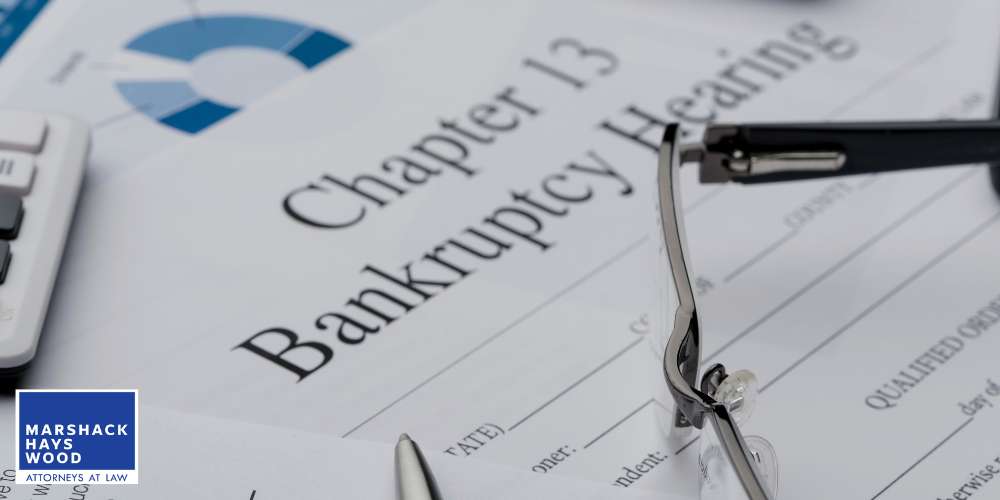
A Chapter 13 discharge offers individuals a powerful pathway to financial recovery under bankruptcy law. When you complete your repayment plan as stipulated in your bankruptcy filing, the court may grant you a Chapter 13 discharge. This critical aspect of bankruptcy relief eliminates your responsibility for repaying certain debts arising from your bankruptcy case.
Not all debts are eligible; however, a Chapter 13 discharge can significantly reduce your financial burden by legally erasing a substantial portion of your discharged debt.
At Marshack Hays Wood, our Orange County bankruptcy law firm guides clients through the complexities of bankruptcy law, ensuring that they achieve the most favorable outcome in pursuing bankruptcy relief. Call 949-333-7777 or contact us online for a free consultation.
What is Chapter 13 Bankruptcy?
Chapter 13 bankruptcy, also known as a wage earner’s plan, allows individuals with regular income to develop a plan to repay all or part of their debts incurred.
At the core of Chapter 13 bankruptcy is creating a debt management plan that typically spans three to five years and is approved by a bankruptcy judge. This plan outlines how the debtor will pay off their debts, taking into account the debtor’s ability to pay.
Unlike Chapter 7, which involves liquidating assets to pay debts, Chapter 13 focuses on reorganizing debt to make repayment feasible. If a debtor fails to comply with the repayment plan terms, it could lead to legal or other action by creditors. However, completing a Chapter 13 plan can offer debtors a fresh financial start while allowing them to avoid the more severe consequences of other bankruptcy chapters.
How Does Chapter 13 Work?
Chapter 13 bankruptcy is designed to enable individuals to repay debts over time through a structured debt management plan while providing protection from creditors attempting to collect debts.
This bankruptcy process involves consolidating unsecured debts into an affordable repayment schedule, allowing for debts dischargeable under the plan to be settled over three to five years. While certain long-term obligations like child support must still be paid in full, Chapter 13 can significantly reduce the amount owed on unsecured debts.
Crucially, a discharge releases the debtor from the responsibility for most long-term obligations and unsecured debt, except for specific nondischargeable debts. This pathway not only aids in keeping property obtained before the filing but also prevents legal or other action related to unsecured debts, facilitating a more manageable financial recovery.
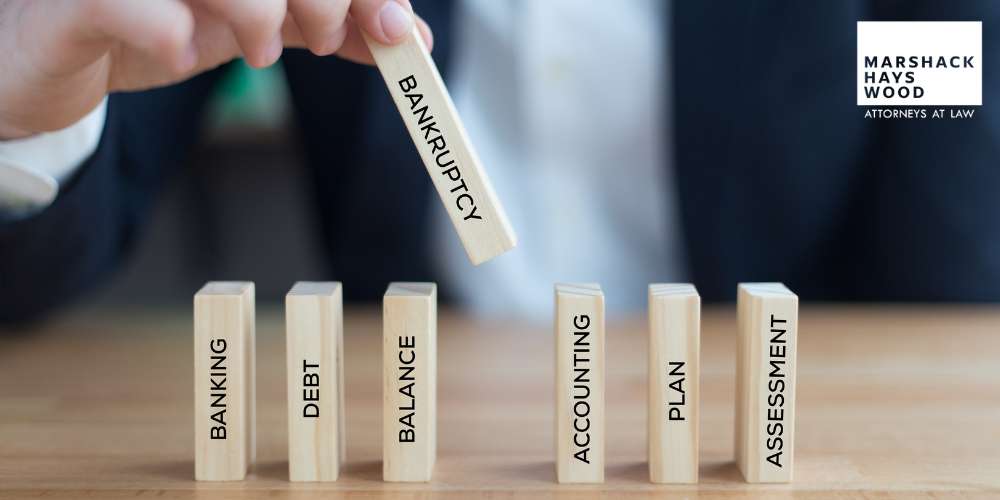
What Does Bankruptcy Discharge Mean?
A bankruptcy discharge releases the debtor from personal liability for specific debts, meaning unsecured creditors can no longer take legal action to collect these debts.
However, it’s important to note that not all debts are dischargeable. Debts such as domestic support obligations must still be fulfilled, and the debtor must pay nondischargeable tax obligations even after a discharge is granted.
The role of the bankruptcy administrator is crucial throughout this process, overseeing the debtor’s compliance and ensuring that each creditor files their claims on time. This legal provision offers a fresh financial start while maintaining the integrity of certain long-standing obligations.
What is the Chapter 13 Discharge?
Understanding the bankruptcy basics and the specific provisions of the Bankruptcy Code is essential for navigating a Chapter 13 discharge effectively. This form of discharge is granted after a repayment plan is approved by the court in the debtor’s district, and it releases the debtor from the legal obligation to repay such debts included in the plan.
However, achieving a Chapter 13 discharge requires more than just following procedural steps; it necessitates competent legal counsel to guide the debtor through complex legal landscapes, from dealing with the trustee or bankruptcy administrator to ensuring compliance with required credit counseling sessions.
The interplay between these elements underscores the importance of thorough preparation and adherence to the bankruptcy code to secure the financial relief sought through a Chapter 13 discharge.
What is a Chapter 13 Hardship Discharge?
A Chapter 13 hardship discharge is a provision within the U.S. Bankruptcy Code designed for debtors who, due to circumstances beyond their control, cannot complete their payment plan but have demonstrated a commitment to their financial management responsibilities.
This type of discharge allows for the forgiveness of debts arising from a pending proceeding, even if the debtor has not finished paying the debts referenced in their plan. To qualify for a hardship discharge, the debtor must show that they have made every effort to comply with the plan’s terms, including participating in an approved course in financial management.
The debts provided for discharge under this mechanism are typically those that would have been discharged had the debtor completed their plan or those not tied to a prior chapter of undischarged obligations. A hardship discharge thus offers a pathway to relief for debtors who cannot fulfill their original repayment commitments due to unforeseeable hardships.
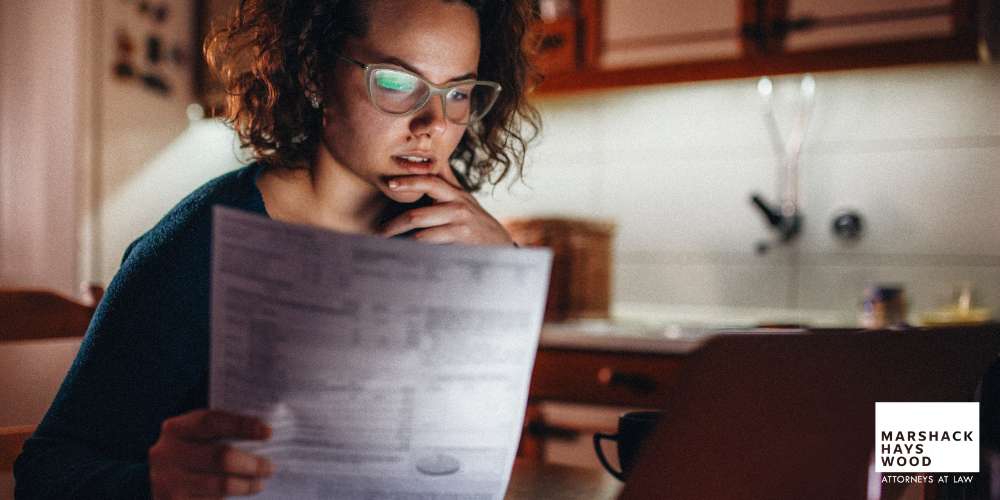
Chapter 13 Bankruptcy Discharge Papers
Chapter 13 discharge papers are official documents issued by the bankruptcy court, signifying the completion of a debtor’s repayment plan and the discharge of eligible obligations.
These papers are a testament to the debtor’s success in navigating the complexities of Chapter 13, marking the resolution of discharged obligations that were once a source of financial strain. They also serve as a legal acknowledgment of the debtor’s adherence to the agreed-upon plan despite potential hurdles like a debtor’s failure to initially keep up with payments or fully utilize the debtor’s homestead exemption to protect their property.
Receiving these papers confirms that the debtor has met the requirements under Chapter 13 to relieve them of specific debts.
What Does it Mean When a Debt is Discharged?
When a debt is discharged, the debtor is legally released from the obligation to repay that particular debt, marking a crucial moment of financial relief. This discharge is a formal decree by a bankruptcy court, concluding that the debtor has met the requirements under the bankruptcy process, such as completing a repayment plan in Chapter 13 or meeting the criteria for discharge in Chapter 7. This process aims to provide debtors a pathway to reset their financial situation, enabling them to rebuild without the burden of previous unmanageable debts.
What Debts Cannot Be Discharged in Chapter 13?
In Chapter 13 bankruptcy, there are specific types of debts declared nondischargeable, meaning they cannot be eliminated through the bankruptcy process. These typically include certain tax liabilities, student loans, alimony, child support, and debts arising from a criminal fine or wrongful conduct such as fraud or personal injury caused by drunk driving.
Secured debts, which are loans backed by collateral like mortgages or car loans, also have unique considerations. While the personal liability for these debts might be discharged, the lien on the property remains, meaning that lenders can still enforce their security interests if payments are not made.
This distinction is crucial for debtors to understand as they navigate their Chapter 13 bankruptcy, ensuring they have a clear picture of which debts can be resolved through their repayment plan and which obligations will persist beyond the discharge.
Domestic Support Obligations
Domestic support obligations, such as child support, hold a special status and are treated with utmost priority during Chapter 13 bankruptcy. These obligations typically arise from separation proceedings and are deemed nondischargeable, meaning they cannot be eliminated through bankruptcy.
A domestic support obligation encompasses any financial support required by law for a spouse, child, or former spouse, and includes not only child support but also alimony or maintenance. This designation aims to protect the well-being of children and dependent spouses, regardless of the debtor’s bankruptcy status.
Certain Taxes and Loans
In Chapter 13 bankruptcy, specific types of taxes and loans remain nondischargeable, meaning they cannot be wiped out through the bankruptcy process.
Property settlements arising from divorce or separation proceedings cannot be discharged.
Educational loans, particularly government-funded ones, also fall into this category. This includes guaranteed educational loans and loans received as part of a consolidation loan program to make educational debt more manageable.
Mortgage payments, tied to the debtor’s primary residence, represent another obligation that cannot be discharged; the debtor must continue making these payments directly or through the Chapter 13 plan.
Other Debts
Debts related to tax returns that were not filed or were filed late and within two years of the bankruptcy filing remain nondischargeable.
Criminal fines and penalties, including restitution and other legal financial obligations resulting from criminal acts, are also exempt from discharge.
Additionally, debts arising from willful or malicious actions that cause personal injury to another person or entity cannot be discharged.
This provision ensures that individuals are held accountable for their actions, particularly those that result in harm to others and that such responsibilities are not absolved through the bankruptcy process.
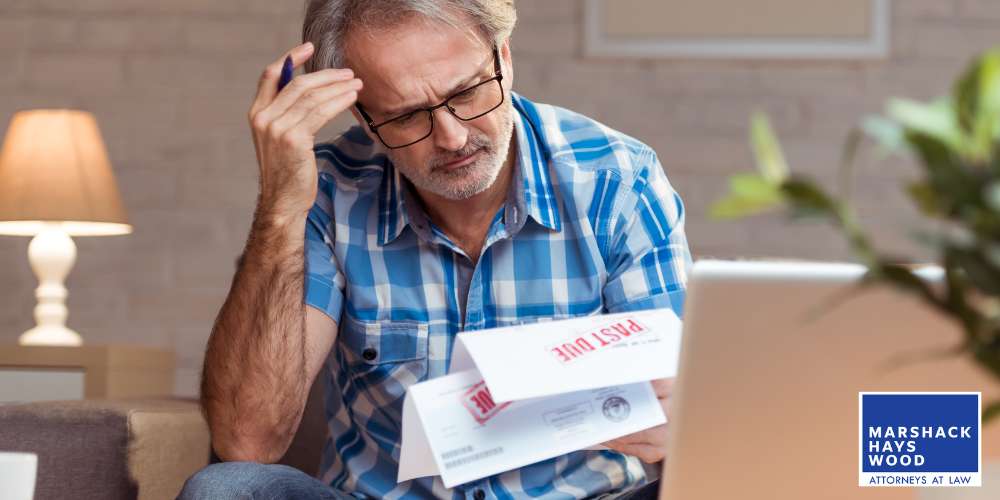
How Long Does Chapter 13 Last?
Chapter 13 bankruptcy typically spans between three to five years. The duration depends on the debtor’s monthly income relative to the state’s median income. The court may approve a three-year repayment plan if the debtor’s income is below the median.
However, if the income exceeds the median, the plan will likely extend to five years. Throughout this period, debtors must make regular payments to a trustee, who then distributes the funds to creditors according to the terms of the repayment plan approved by the court.
This structured time frame allows individuals to reorganize their finances, gradually pay down debts, and ultimately work towards achieving financial stability.
Chapter 13 Closing Process in Bankruptcy Court
The Chapter 13 closing process in bankruptcy court involves a series of meticulous steps, culminating in the official conclusion of the bankruptcy case.
Bankruptcy judges play a crucial role in this process, reviewing the debtor’s compliance with the repayment plan and ensuring all requirements are met. Once the repayment plan is completed, and any necessary civil case matters, such as damages awarded, are resolved, the court issues a final decree closing the case. This signifies the debtor’s discharge and marks the end of the bankruptcy process.
Throughout this journey, the guidance of a qualified bankruptcy attorney is invaluable, providing legal expertise to navigate the complexities of bankruptcy law and ensuring the debtor’s rights are protected every step of the way.
How Long Does it Take for Chapter 13 Bankruptcy to Be Discharged?
The discharge of a Chapter 13 bankruptcy typically occurs after the debtor has completed the repayment plan, which lasts between three to five years, depending on their income level relative to the median income in their state.
Once the debtor has made all the payments under the plan, they must also certify that they are current on their domestic support obligations, if any, and have completed a financial management course as required by the bankruptcy code.
Following these steps, the bankruptcy court will issue a discharge order, legally releasing the debtor from the debts included in the plan (with certain exceptions).
The discharge timing is directly tied to the length of the repayment plan and the debtor’s compliance with all required bankruptcy procedures and obligations.
Can You Pay Chapter 13 Off Early?
Yes, debtors in Chapter 13 bankruptcy can pay off their repayment plan early under certain circumstances. However, it’s essential to follow specific procedures and obtain court approval.
Debtors must demonstrate to the bankruptcy court that they have the means to pay off the remaining debts ahead of schedule, typically through a lump-sum payment or accelerated repayment schedule. Additionally, debtors must ensure that all required payments, including domestic support obligations and administrative fees, are current.
Consulting with a qualified California Chapter 13 bankruptcy attorney can provide guidance on paying off Chapter 13 bankruptcy early, ensuring compliance with bankruptcy laws and regulations.
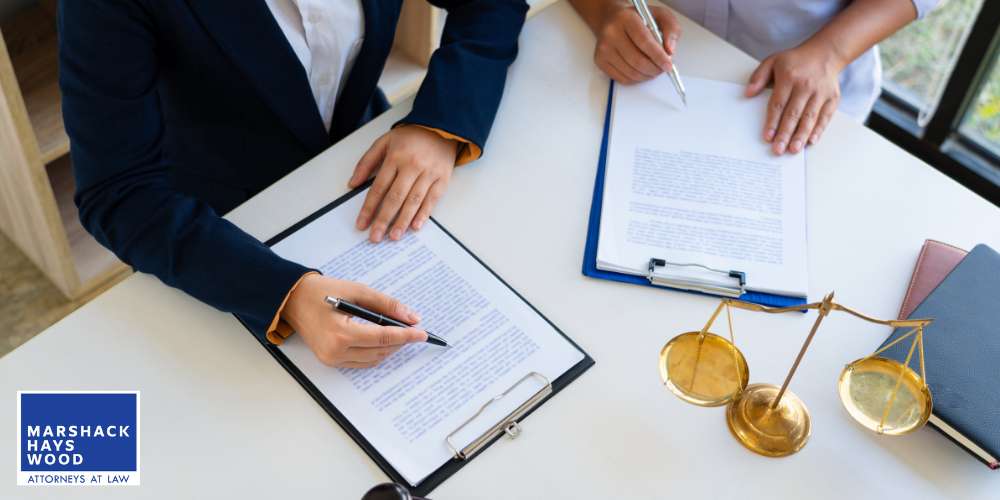
How Do I Know When My Chapter 13 is Over?
Receiving a discharge order from the bankruptcy court formally signifies the conclusion of your Chapter 13 case. It’s essential to stay in communication with your bankruptcy trustee and attorney throughout the process to ensure you understand the timeline and requirements for completing your Chapter 13 bankruptcy successfully.
How to Find Out When My Bankruptcy Was Discharged
To determine when your bankruptcy was discharged, you can follow several steps. Firstly, check any correspondence you received from the bankruptcy court, including the discharge order. This document typically includes the date when your bankruptcy was discharged. If you cannot locate this paperwork, you can contact the bankruptcy court where your case was filed and request information regarding your bankruptcy status.
Alternatively, you can access the court’s online system, which often lets you view case information and documents electronically.
Additionally, consulting with your bankruptcy attorney can provide valuable insight into the discharge date and related matters concerning your bankruptcy case.
How Do I Get a Copy of My Bankruptcy Discharge Letter?
To obtain a copy of your bankruptcy discharge letter, you can request it directly from the bankruptcy court where your case was filed. They may provide instructions on requesting a certified copy of your discharge letter, which typically involves submitting a formal request form and any applicable fees.
Additionally, you can contact your bankruptcy attorney for a copy as they have a record of all documents related to your case.
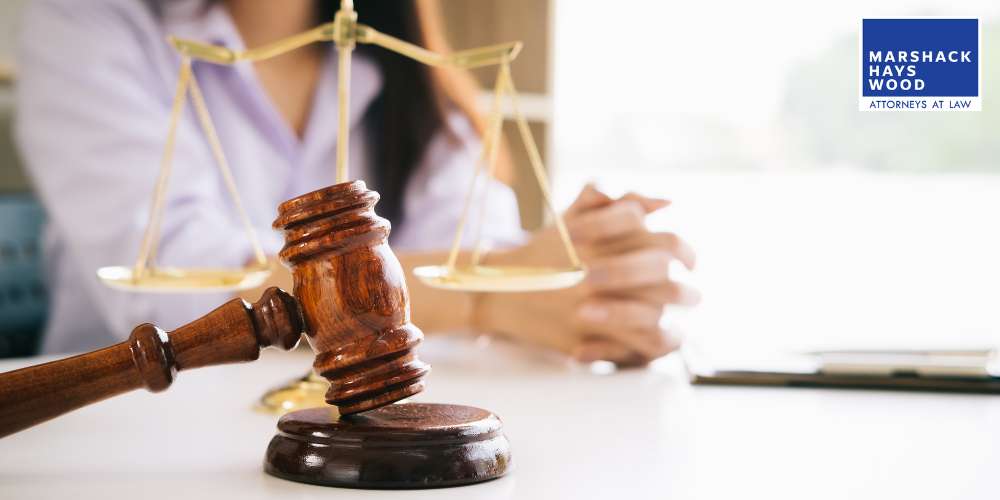
Contact the Orange County Chapter 13 Attorneys at Marshack Hays Wood Today
Ready to take control of your financial future? Contact the Orange County Chapter 13 discharge attorneys at Marshack Hays Wood today.
Whether you’re seeking relief from overwhelming debt or navigating the complexities of Chapter 13 bankruptcy, our experienced team is here to guide you every step of the way.
Call 949-333-7777 or contact us online to schedule your free consultation.
READY TO GET STARTED?
At Marshack Hays Wood, our attorneys provide the legal support you need to move forward with confidence. Let us help you take the first step toward financial stability.
